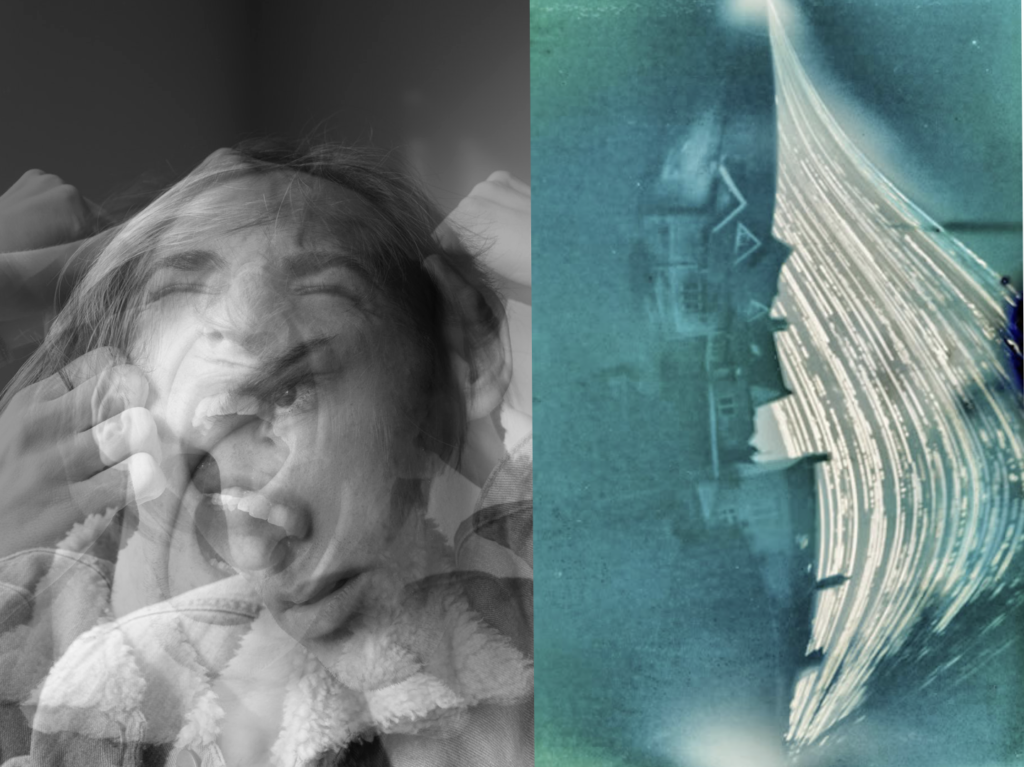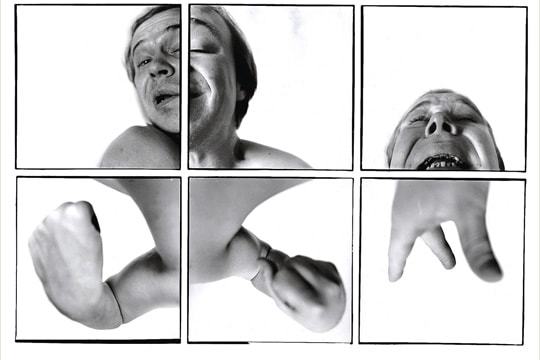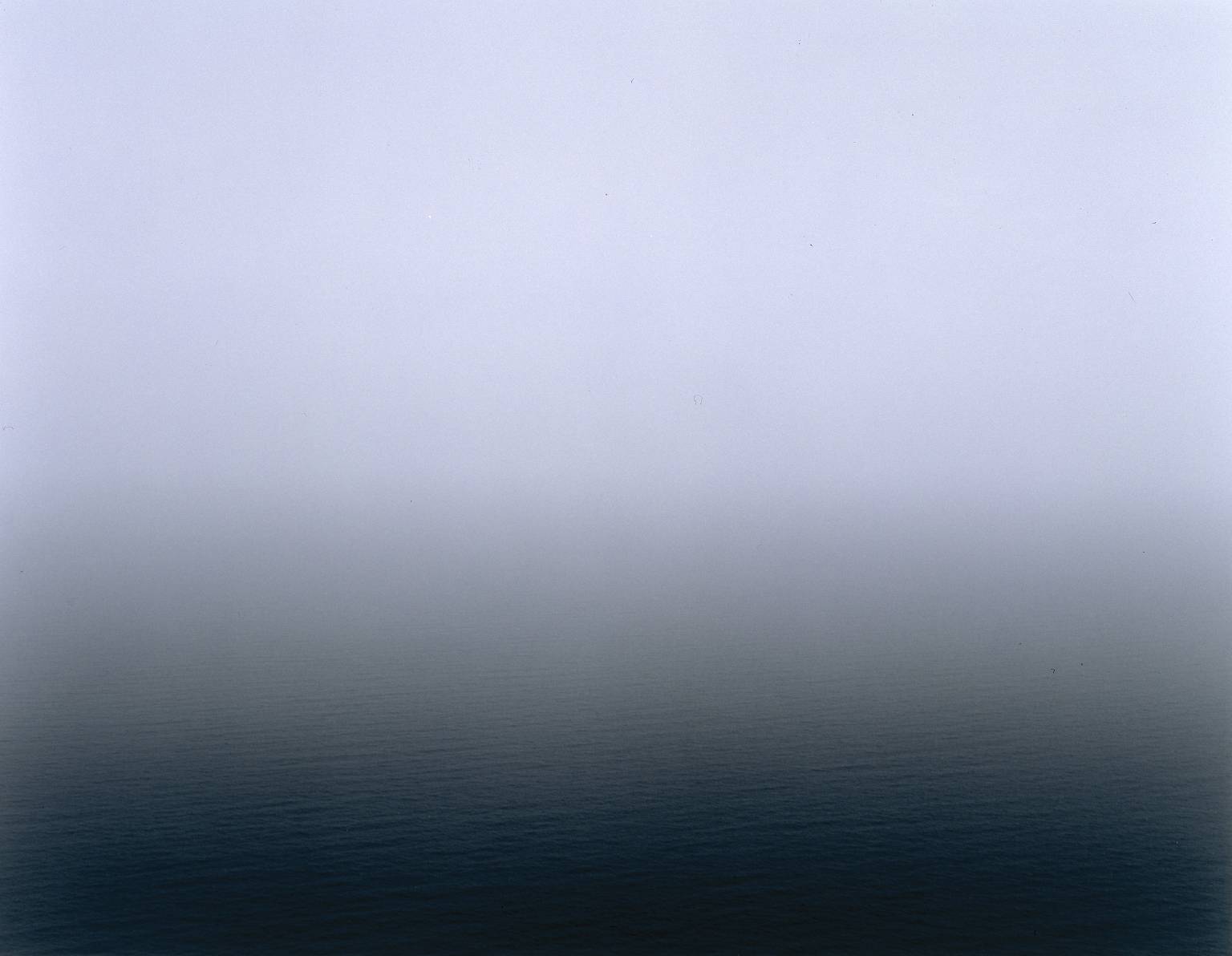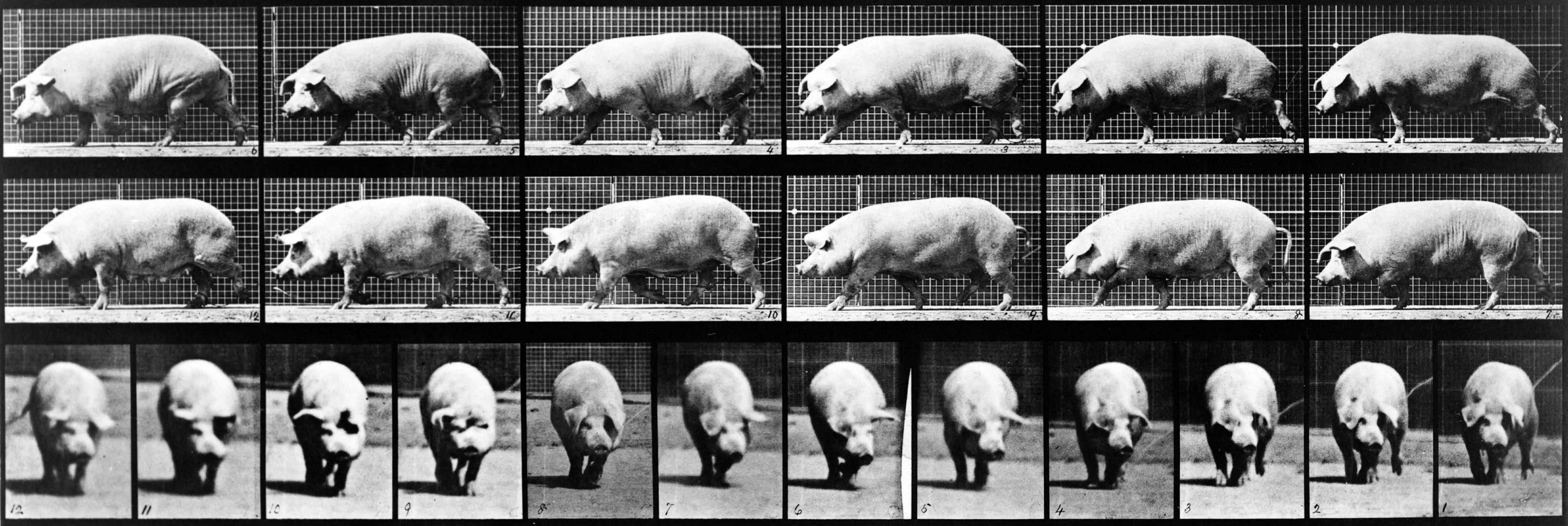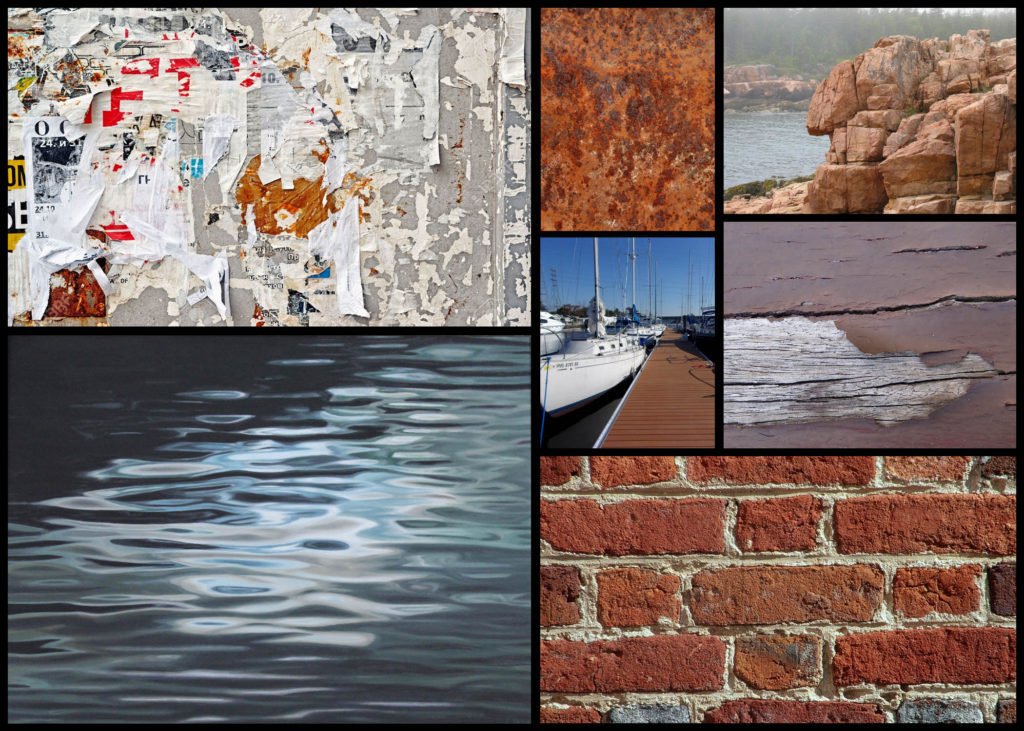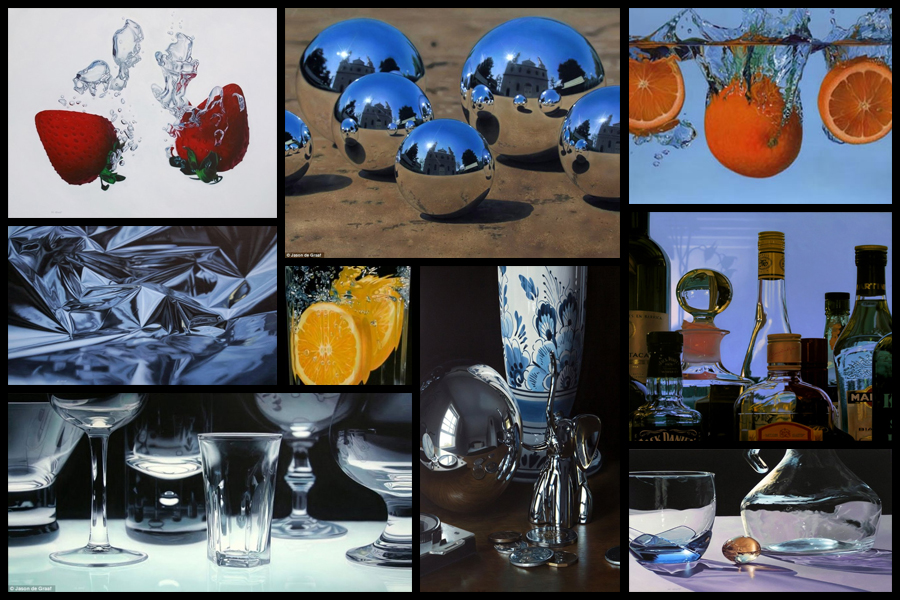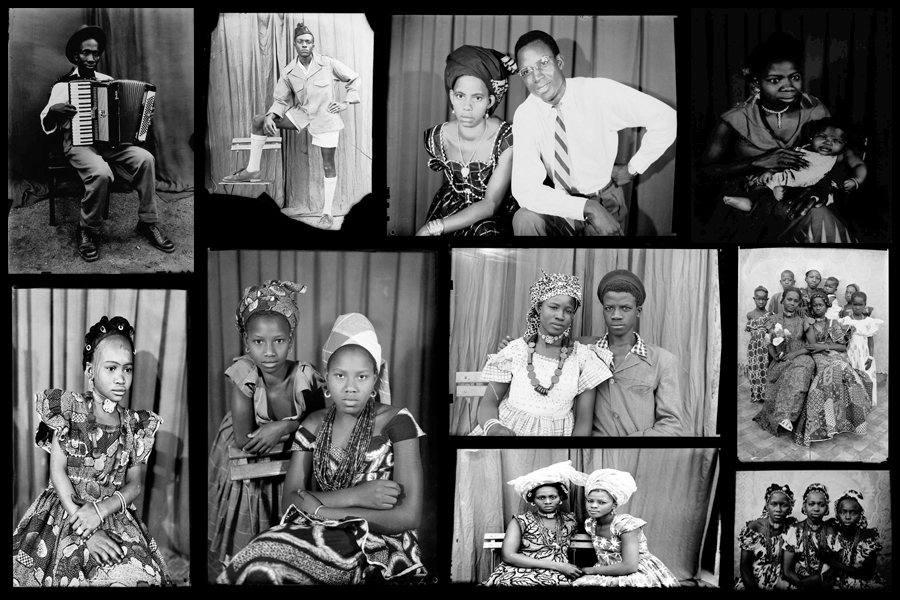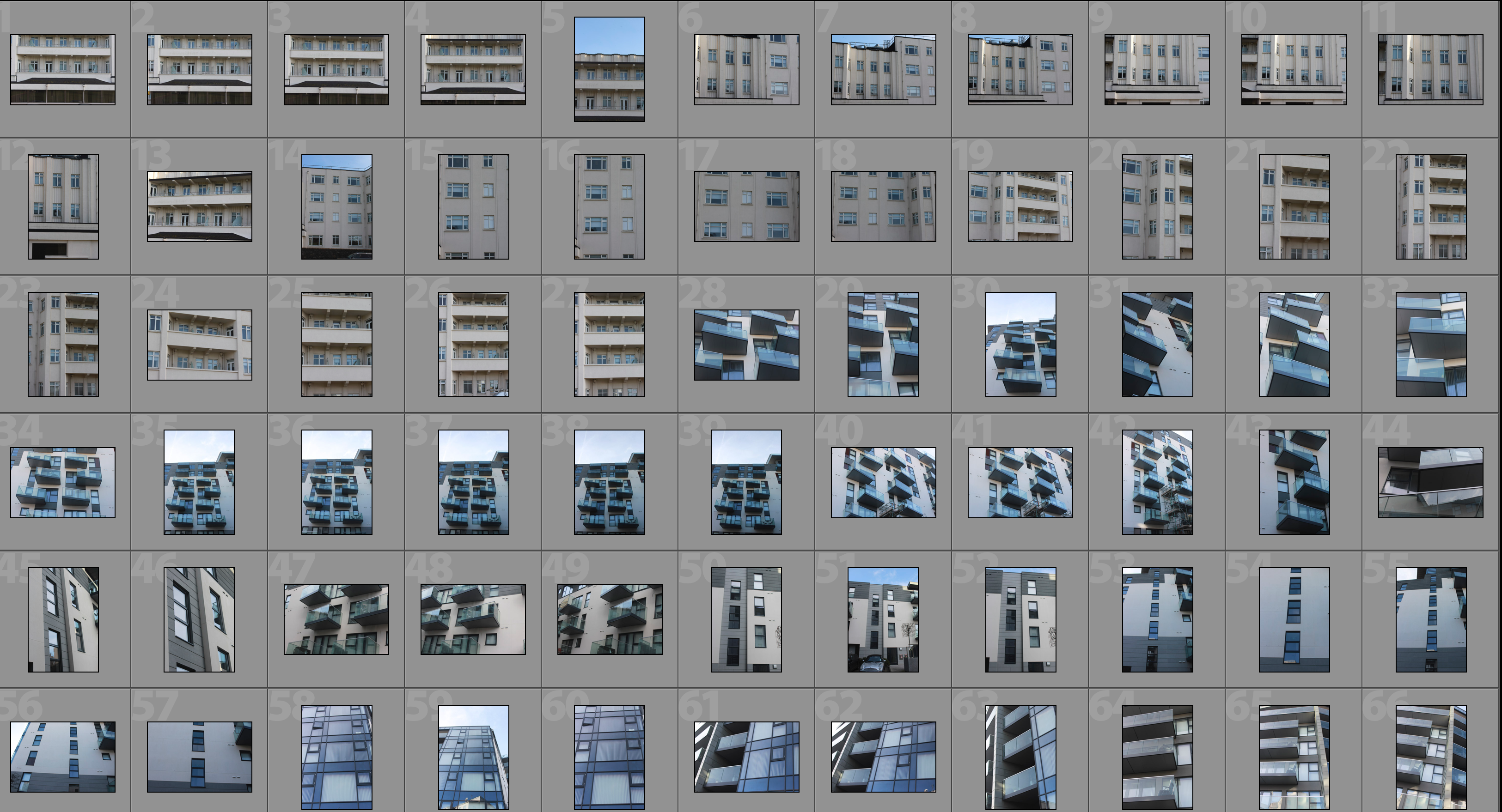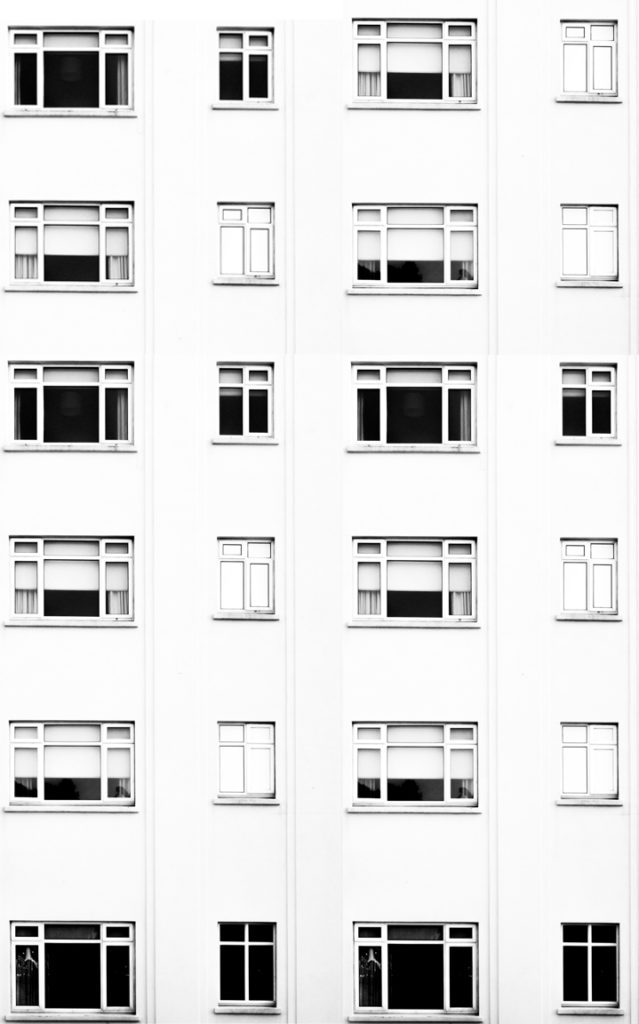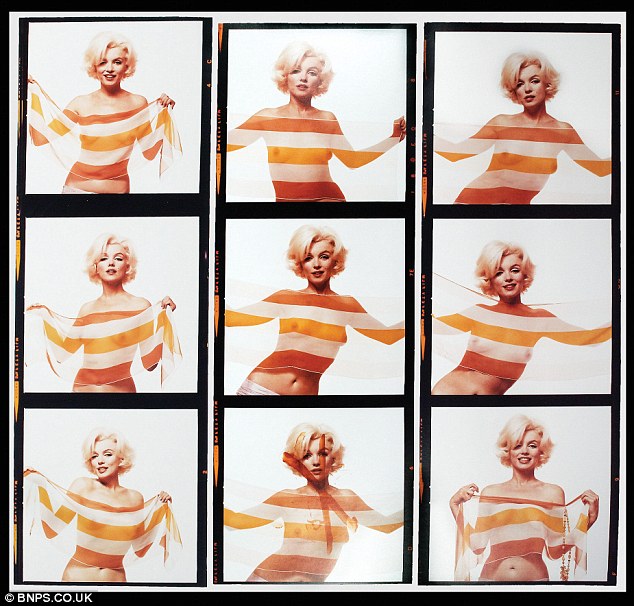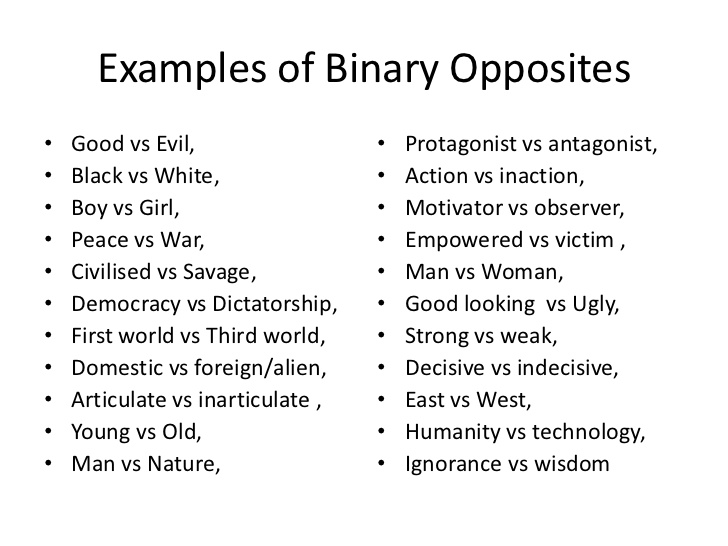FIRST SHOOT:landscape manipulation shoot: within this shoot I have 4 different concepts that I would like to edit and experiment with when taking an manipulating the photos. The first I have recently looked up at and it is to take a more subsequently ‘normal’ landscape photo, yet cover the outcomes in a liquid and then use this development of the photo as the final. This liquidation, allows colours to move and leak and forms a new more interesting composition. Additionally this creates a clear transpire of artistic influence and forms a connection of fine art, and making it appear as if this photo was some what painted. The approach to this technique is: My second developmental idea for landscape shoots, is the editing process to make landscapes look as I have are paintings, or visa vera: Lastly I could use this same method in order to make portraits and other images, look as though they are painted, by doing thick brush stroke effects or making the image look more abstract and more filled with fine art effects. Additionally As spoken about previously, I want to believe the main version of this is taking pictures of thick paintings, possible inspired by van Gogh and Monet, and making it look as though they could be real people, or real objects. I think this is a very interesting method on how I could start developing my work. My third idea is surreal manipulation to a landscapes. I believe if I were to experiment with how landscape can be altered, in order to have more similar stylistic values to things such as paintings, or piece of more abstract contemporary work, it could be very successful. Surreal manipulation to a landscape to edit. I believe this could further link to making landscape look like altered realities and turned into abstract manipulated paintings. This again showing how far art has the ability to go. These abstract pieces come under many art categories and also shows an understanding of how to develop a piece to see a progression of artistic influence.
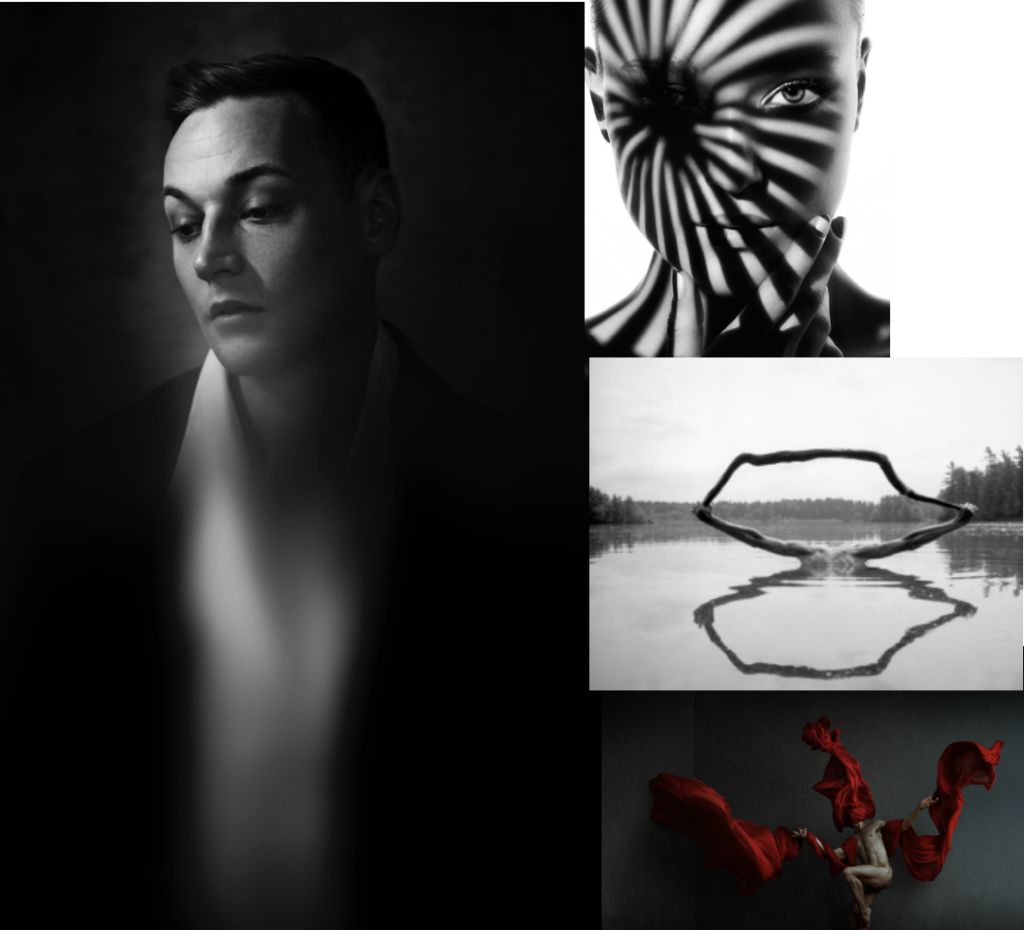
Studio shoot :To my mind the studio shoot is the shoot which I know what final outcomes I am really looking for, and even to the extent, this shoot will really help me to develop the rest of my imagery. I have divided this shoot into 5 subcategories of images, which I want to capture and further develop and how and why I believe these executions are the most important. The first is using a glass bowl, or jar, and using this in front of a face in order to distort and stretch the face. Not only does this once agin show an interest of the element of fine art, but is almost connotes the elements of visible chaos, and showing a trauma to that persons personality. This can also be seen by the work of William Ye. Another inspiration from Ye will be experimenting with using a flowing piece of fabric, in order to show a structure in the piece. I believe this effortless looking towel and the structure of the body, creates such a successful outcome, and connotes an overlooked power. This sentiment of chaos I believe can also be represented through the effect of people climbing on top of each other, and or forming together to make structures and new bodily forms. This shows a unity of people standing together, and also a combination of family. This leads me onto my representation of chaos, and the acts of people when pulled together in a group, yet still showing the effortlessness of how to form a new stature creating a new art piece. The last idea which combines fine art, and the media that I can do within a studio, is the editing of faces onto peoples clothes, and using this to effect true feelings, and or editing on events which symbolise trauma or the past of peoples lives. This I believe has a certain contemporary art feel, yet is not done through a painting style. The combination of high fashion within this shoot, also symbolises the beauty industry and how you have to look a certain why, and what is expected. These geometric shapes, create combinations of cubism and once again this whole shoot linked together with the interposing state of form, composition, and fine art media effect.

family and friends shoot: For the family shoot I want to both approach this in both a journalism and unconventional surreal manner. I wish to start off by producing images of many large groups of friends and family, or people who have a close net relationship. I then want to develop these into collages of smudges images, and faces covered and layered with effects, to create a distortion of identity, but a similarity into the way which they are all covered. An extension from this process, could be family pictures, and portraits collages together, or patterns which have a significance to the families themselves. This could be, a flags or perhaps a pattern made by a grandparent. Anything which is texturised yet still causes a effect fro the family themselves, and an expression of themselves.

chaos: inspiration from the media: Chaos to my mind, is something which causes a feeling which depends an emotional response of panic and madness. It can mostly be seen throughout the media, through articles, fake news or even protests which go too far. These movements are all about conflict of peoples beliefs, because of this, I Believe if I were to layer images of people causing different facial effects, in order to show different emotional and a chaotic feeling expanding and becoming more abstract. This not only builds tension within the image but also shows expressions of human conflict within the images. Secondly a good example of variation and similarity, is watching peoples daily lives, and their own independent news. This could be caught and seen through peoples daily lives, and the activities which they get up too. Street photography is a great way to capture a reality of the people possibly not correctly expressed through the chaotic media, andI belive this would be a very interesting way to reflect the society which we live within. Chaos can also be shown through more unconventional techniques, these being the light patterns of slow exposure, of perhaps even manipulating a person or landscape, to look or be presented in a unconventional way. This unique approach too seeing the worlds could count as a reflection of mediation and journalism, and the many dimensions which it is possible to see a story or event. You could even explore taking a picture from many different angles, and then experimenting with which angle tells the chosen story most successfully.
